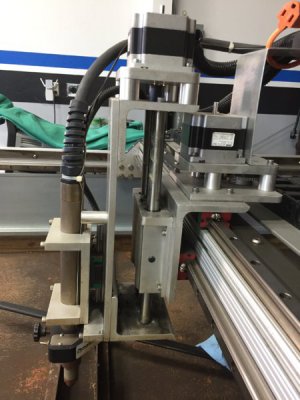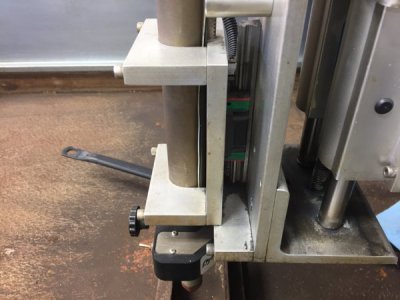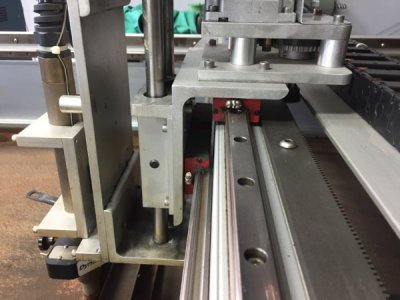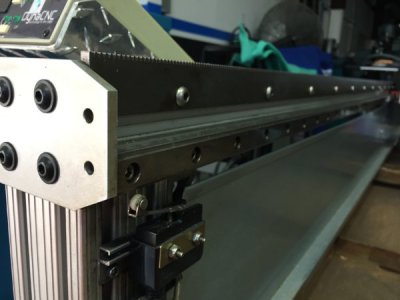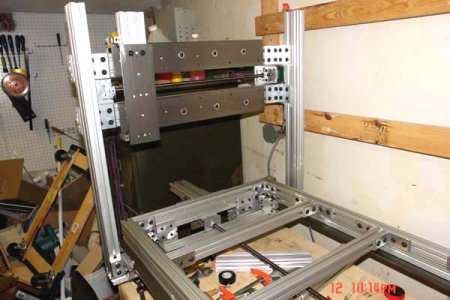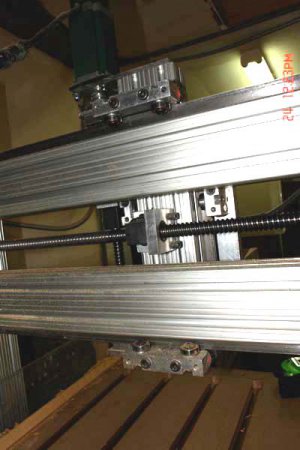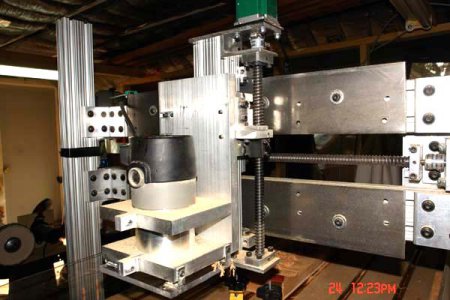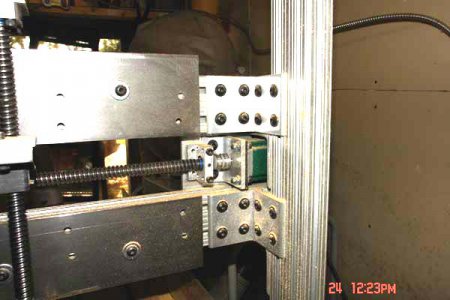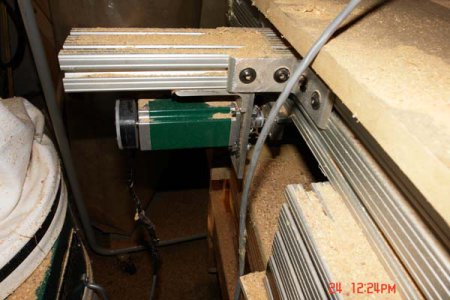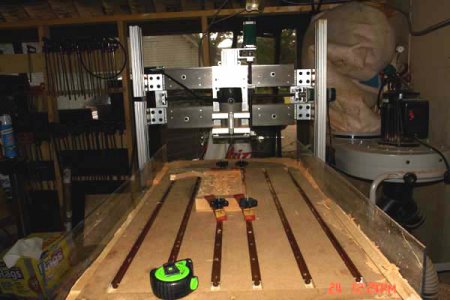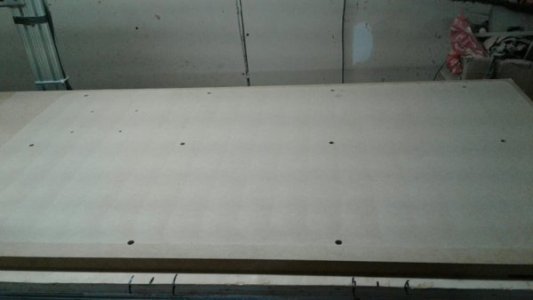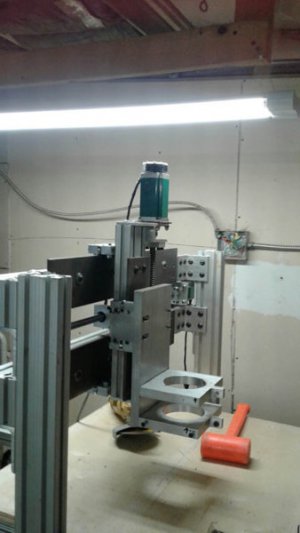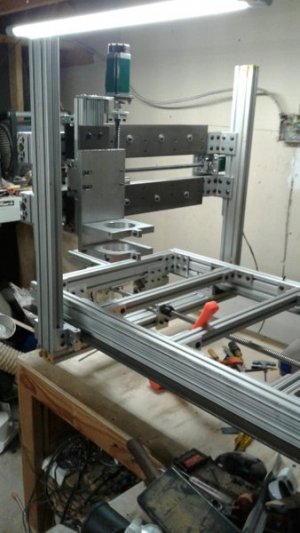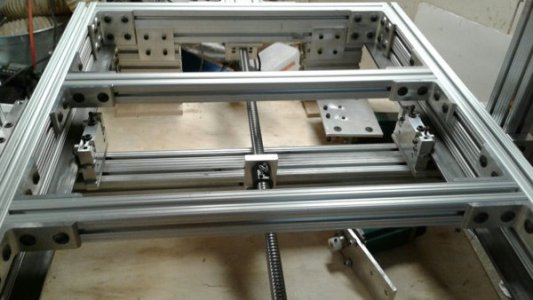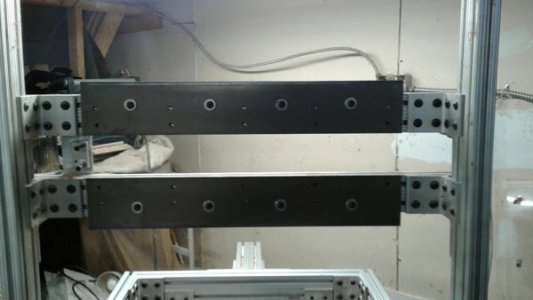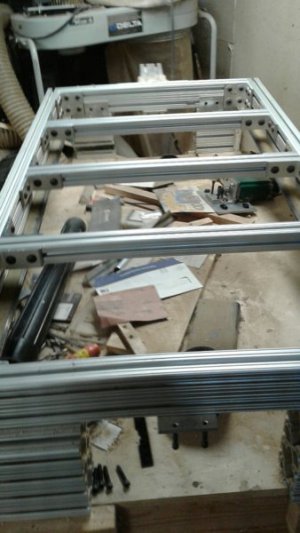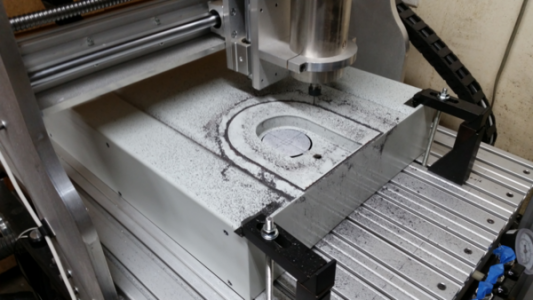The company I work for purchased a CNC Router from a company in California, won't mention the name, but it is no longer in business. They used 80/20 material for the gantry, and personally I do not like it whatsoever. I feel it is just too flimsy and very prone to skewing. Ours is only a 50" X 50" table. That being said we also have a 5' X 10' Thermwood CNC router. That thing is beyond robust. If it were me, and it is kinda funny for me to find this post, but anyway, if it were me, I would have the gantry made out of solid aluminum, or steel to ensure it won't twist, because that is bad...
Why is this funny? because my boss, just this past week tasked me and one other Engineer, I am a Journeyman Tool and Die guy, to make an X,Y, Z table, basically a CNC router from scratch..
Building the machine, does not concern me, the software and communications is what I am curios about..
Any way, make the gantry out of solid aluminum, and the sides can be 80/20 with due diligence on ensuring extreme rigidity... Also use like at least 80 mm X 160 mm with the long side vertical, they company we bought from sis not and our machine suffers because of it..
